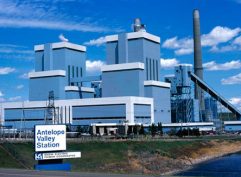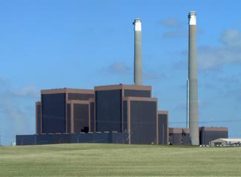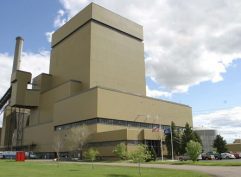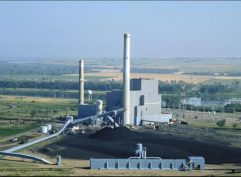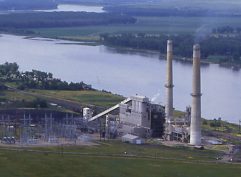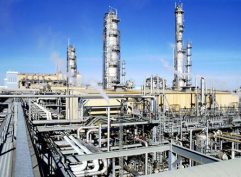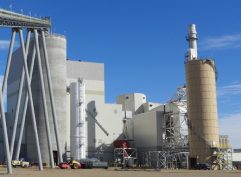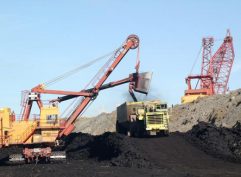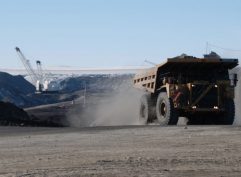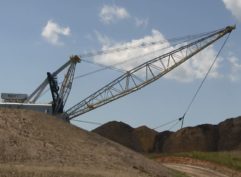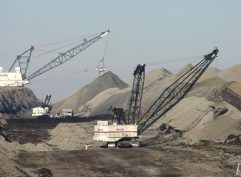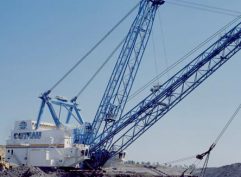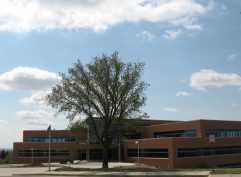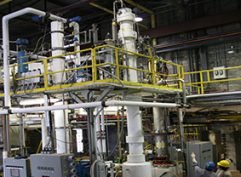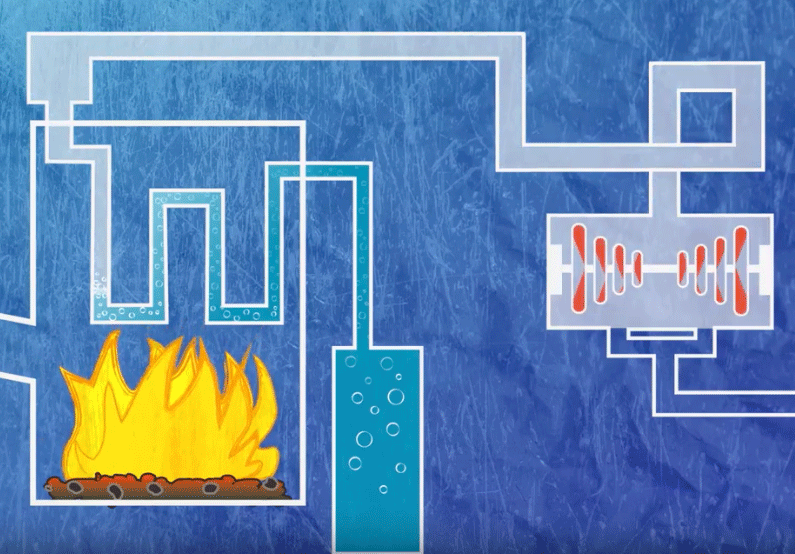The real power behind the lignite and energy industries
By Jeff Forsberg, Safety Director, BNI Coal’s Center Mine
Often the lignite industry in North Dakota is encapsulated in just a few statistics – 15,000 jobs, power for 2 million people, $3.5 billion in annual economic impact – but the real power behind the industry is the men and women who work at the plants and mines. They provide many unrecognized benefits.
Let me give you a peek at what you might not see.

Jeff Forsberg (L) is the safety director for BNI Coal.
Training is an integral part of working in the energy industry. The employees at the mines and plants often receive specialized training – most of it related to safety, both on and off the job. The safety training is coupled with teamwork and emergency action plans.
Companies not only offer safety training but the resources provided are kept up to date. Every year, safety committees review and update individual safety programs to ensure they meet changing regulations and are fresh in the minds of the employees. Training is a never-ending, always changing part of the job.
Besides the classes, employees often have access to specialized tools and equipment that can be used during any major event, if and when the need arises.
While the result is a safe workplace, a secondary benefit is an unmatched group of trained professionals who also play important roles in homes and communities. The safety rules on the job become part of the culture in their homes. Children and spouses of employees learn from company-taught safety procedures that others simply don’t know or can’t understand. The circle of safety now includes not only the workplace but also household and recreational activities.
But it doesn’t stop there. I would go so far as to say that the highways and byways in Coal Country are among the safest, and if an accident should occur, it’s likely that a car that stops to help has someone trained on the job who knows First-Aid or CPR. These are skills that save lives.
Helping Local Communities
- Employees who work at the mines and plants participate in many ways – elected offices, volunteers on boards, etc. But they often are also fire fighters, first responders and Emergency Medical Techs (EMTs). This is because men and women working in the mines and power plants are often trained in responding to emergencies. Even if they are not member of a volunteer fire department, the safety training they receive can benefit everyone. Just recently, several people from our industry arrived at an accident scene on a highway before emergency crews. Their training provided that first level of care.
- At times, companies in the lignite industry have made financial donations or provided valuable equipment or supplies to schools and emergency services in their nearby communities on an “as-needed” basis.
- Some of the industry’s employees have also received awards for participation in community services. One of them – the Sporting Chance program – gives hunters with some form of a disability an opportunity to hunt in a safe place. Companies involved in the lignite industry have also provided automated external defibrillators (AEDs) in areas where the public gathers and a few have saved a life or two.
Helping on larger-scale emergencies
- During large-scale floods like Grand Forks in April 1997 or in Bismarck and Minot in 2011, several of the mines and power plants allowed some employees to help with emergency evacuations and sand bagging operations. These companies also provided specialized large volume pumps with the proper staff to run them or train others to assist in these pumping operations for long periods of time. In emergencies, people helping others are what bring communities closer together.
- Various states from Florida to Texas were devastated in 2017 during the hurricane season that left huge chunks of the country without power. Line crews from electric utilities not affected by the hurricanes sent response teams in a massive effort to restore power as quickly as possible. Nearly 60,000 workers from across the United States and Canada worked around the clock to support the Irma restoration efforts.
- Currently, Minnesota Power & Superior Water Light & Power employees are involved in the restoration of Puerto Rico’s electrical grid after Hurricanes Irma and Maria hit Puerto Rico. After months of living in the dark, Puerto Ricans are seeing the lights coming back on due to a huge effort orchestrated by the Edison Electric Institute, an association of investor-owned utilities.
So the next time that you hear someone talk about the lignite industry as numbers, percentages and statistics, remember that there are people behind the switch. Through their personal dedication and the training provided to them by their employers, these men and women are giving back – not only to their communities but to others as well – and they are making a difference to making our lives better and safer.


